These 10 Photos Show How Different Things Used to Be
Nothing stays the same forever.
From year to year a lot of things change. Add the changes up in terms of decades and it can be quite astounding. Compared to the first half of the 20th century today’s world looks a lot different in many ways. But, they say a picture is worth a thousand words so here are 10 photos that very clearly show just how different things used to be back in the day.
Cleaning Spittoons
There was a time when spittoons (also known as cuspidors) were on every corner, in every hospital, and general store. The trend for chewing tobacco was largely diminished when American GIs during Word War II were given cigarettes as part of their ration packs -along with a Hershey’s bar and some Chiclets gum. By the 1960s spittoons were a thing of the past, except for in the Florida senate apparently.
From the original caption: “These ornate and ancient brass cuspidors are getting the spit-and-polish treatment and will be in place in the Senate when the special session, called for reapportionment, gets underway tomorrow. There are 19 of these showpieces in all, so placed that two senators share one which is between a pair of desks. In case membership of the senate is enlarged there will be no additional cuspidors of this type ordered–they’re no longer available and the ones shown here have been in the senate for almost 40 years, when tobacco-chewing was the fashion. Valued as rare antiques, they are kept under lock and key when the legislature is not in session.”
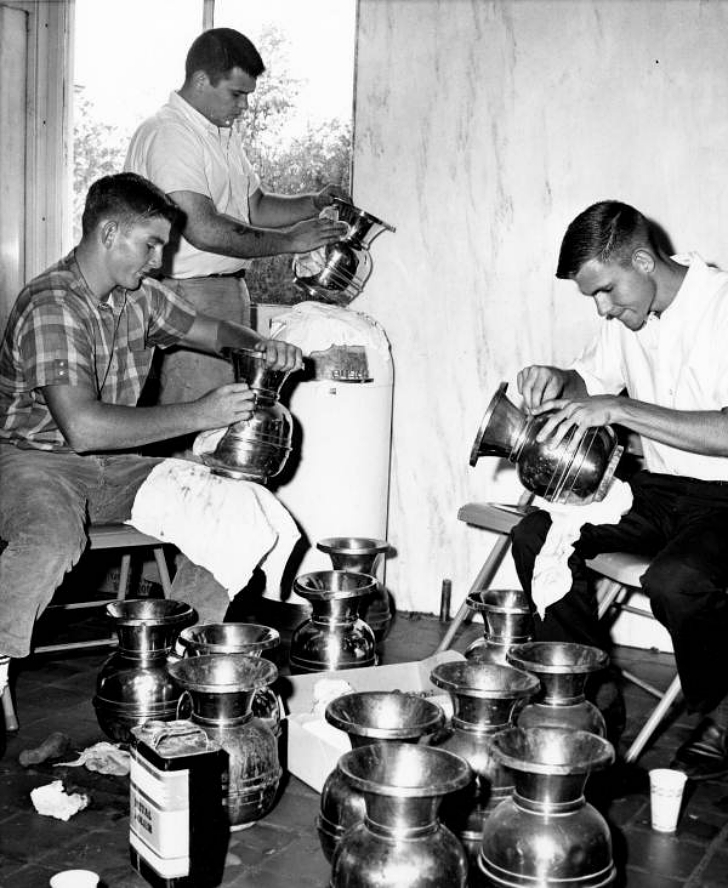
Measuring Bathing Suit Skirt Length
If you were going to be on a public beach in the 1900s-1930s you might have been subjected to decency checks to make sure that not too much skin was on display. Here an officer measures a woman’s bathing suit skirt (1922), but later swimsuits like bikinis and cut out suits have also caused scandals at various times.
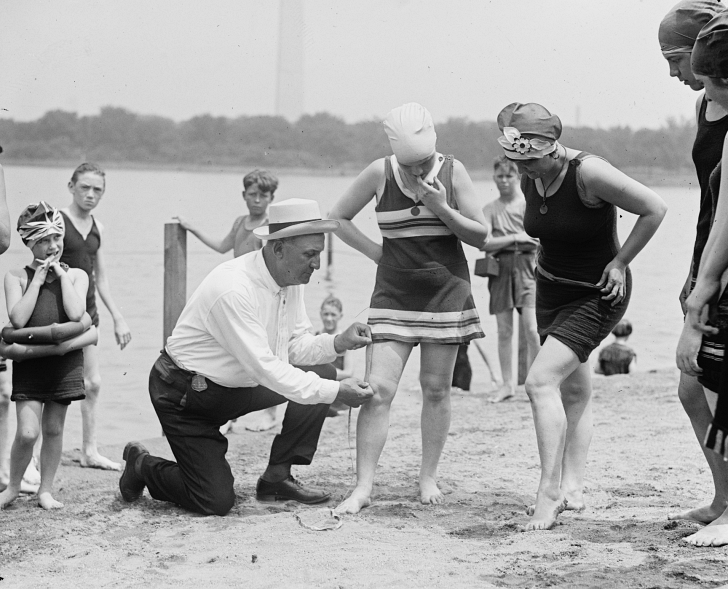
Girls Learning Sewing in School
There was a time when girls not only learned basic sewing skills in school, they were also expected to complete whole garments before the school year was out. Hand sewing, garment repair, fittings, machine sewing, home decor sewing, and more were taught in public, private, boarding, and university schools.
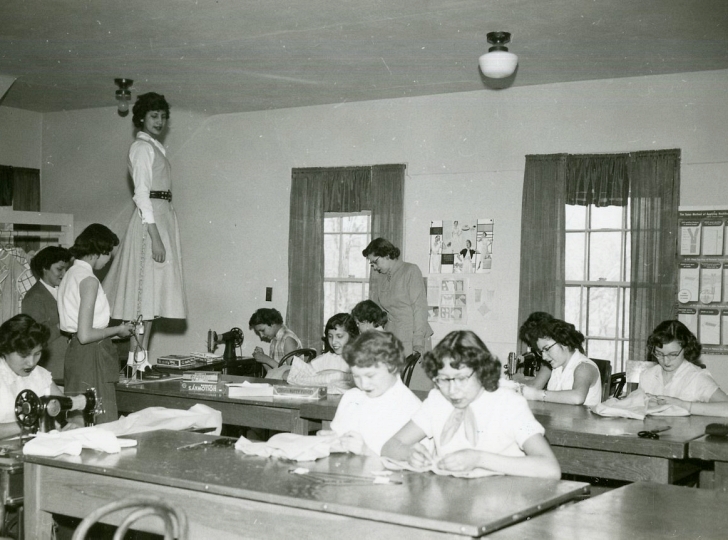
Friendship Was a Lot Different
It was not unusual all the way into the 1950s for female friends or family members to walk arm in arm down the sidewalk or even to hold hands in public. In some areas this is still practiced, but a lot of Western countries have now adopted more distanced physical norms- even with close friends.
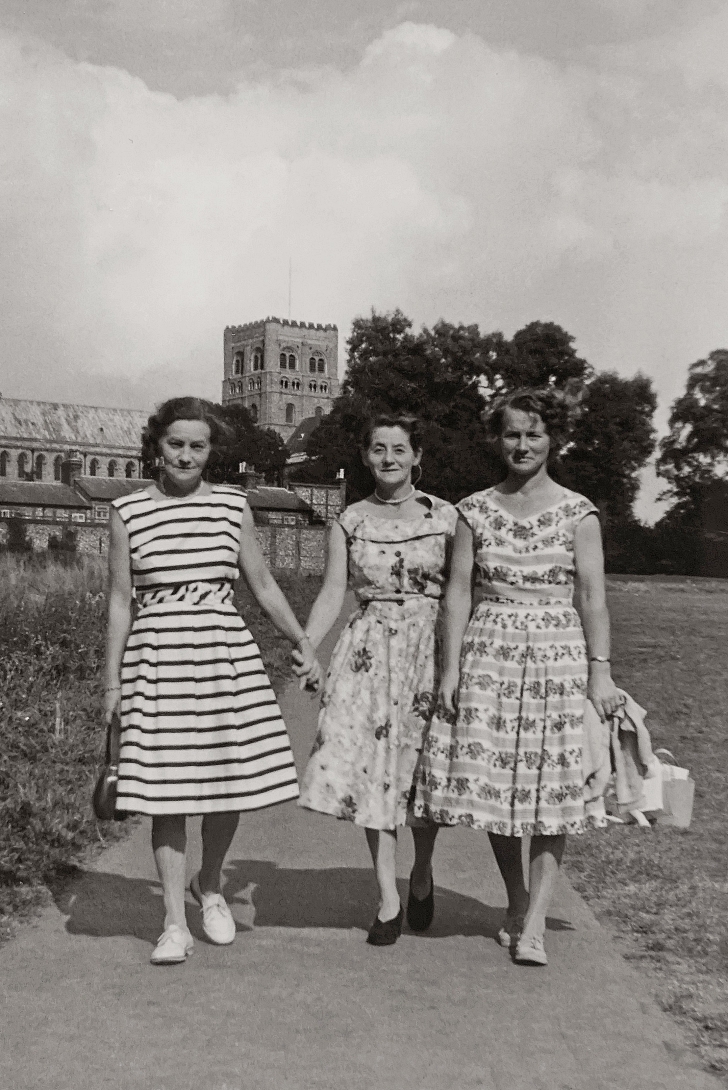
Locking Bikes Up Wasn’t a Thing Yet
Schools in the 1940s and 1950s often had large bike racks since a lot of people used them. And, none of those bikes had locks since bike theft just wasn’t a thing that most felt they had to worry about. It’s hard to imagine that in today’s world.
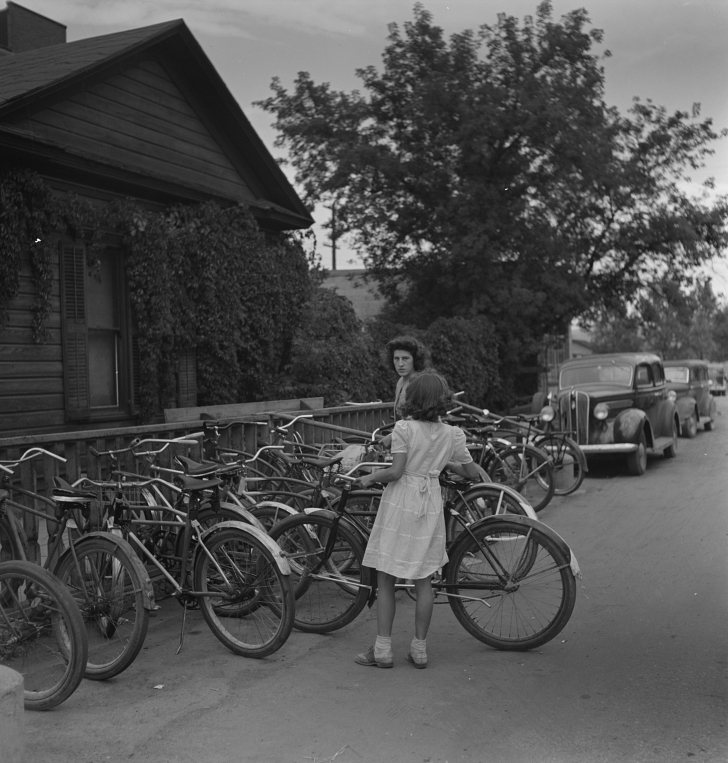
Horse-drawn Delivery
Even in the 1940s some deliveries were still made by horse and buggy or wagon. Especially when gasoline was rationed during WWII, horses, bikes, and carpooling were common ways to get around. Just imagine driving that buggy in the snow! It must have taken a lot of skill.
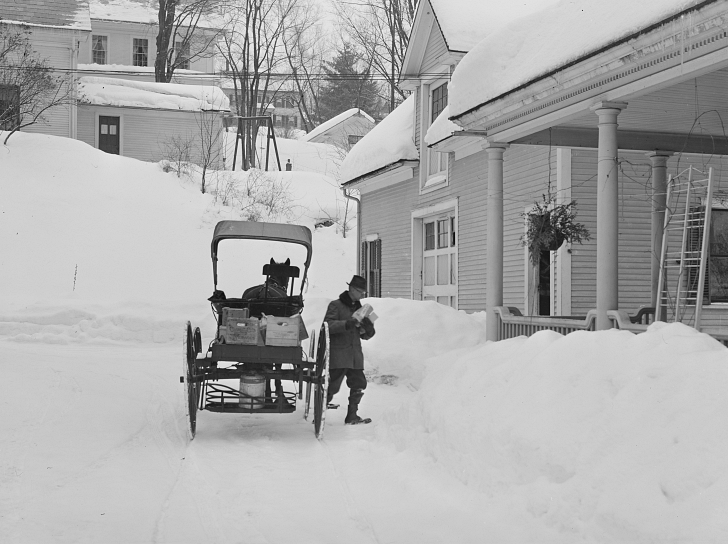
Mary Janes and Frilly Dresses
This was practically a uniform for little girls for decades. It’s what many kids wore to school every day, but in later decades this type of style was reserved to Sundays and holidays or big events.
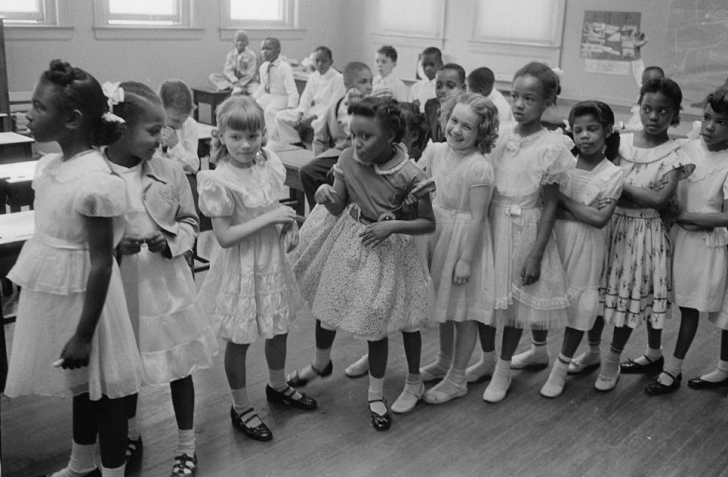
Door-to-door Salesmen
Making house calls used to be a way that many people earned their living. This was back when they were often permitted inside and allowed to pitch to housewives. The Fuller brush man, Amway sales people, and later the Avon lady were all welcomed into people’s homes.
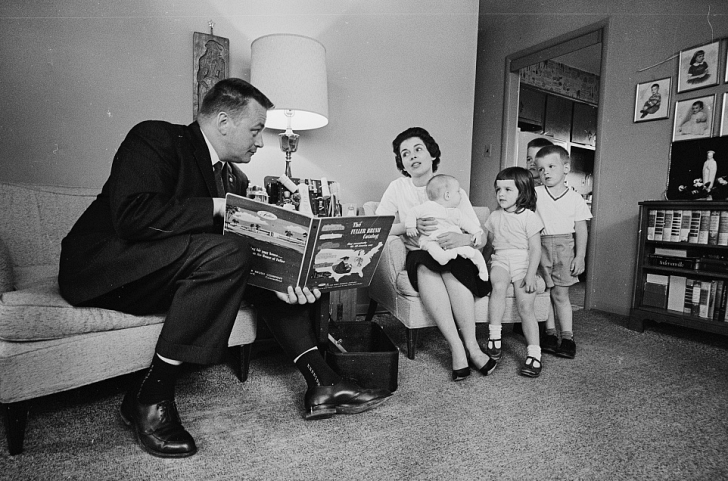
Sunbathing: Old School Style
In the days before sunscreen was in everybody’s beach gear, laying out was the great summer activity. The Reflect-a-Tan was designed to reflect the sun upwards so that no square centimeter of one’s face was left untanned by the end. This was before it was widely known how much damage the sun’s UV rays could cause.

Bowling Alleys Were Different
Back in the old days every bowling alley had to have at least one pinsetter on duty at all times because the automatic pinsetting machine wasn’t in wide use until the 1950s. That meant someone had to stand the pins all back up by hand after a bowler got a strike.
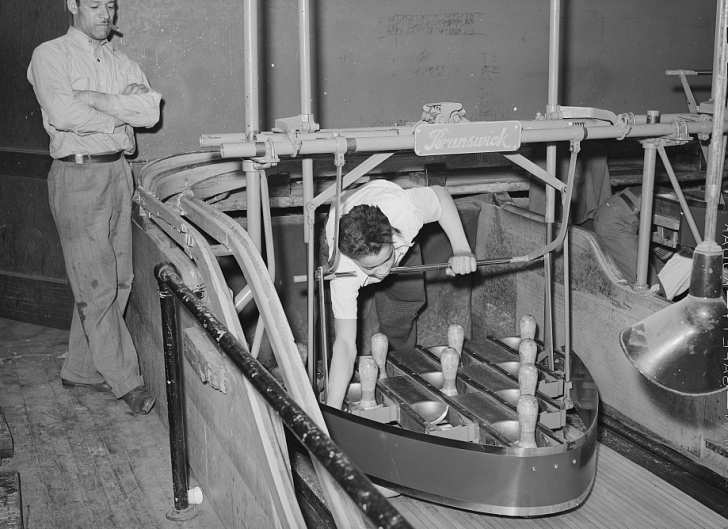
SKM: below-content placeholderWhizzco for DOT

